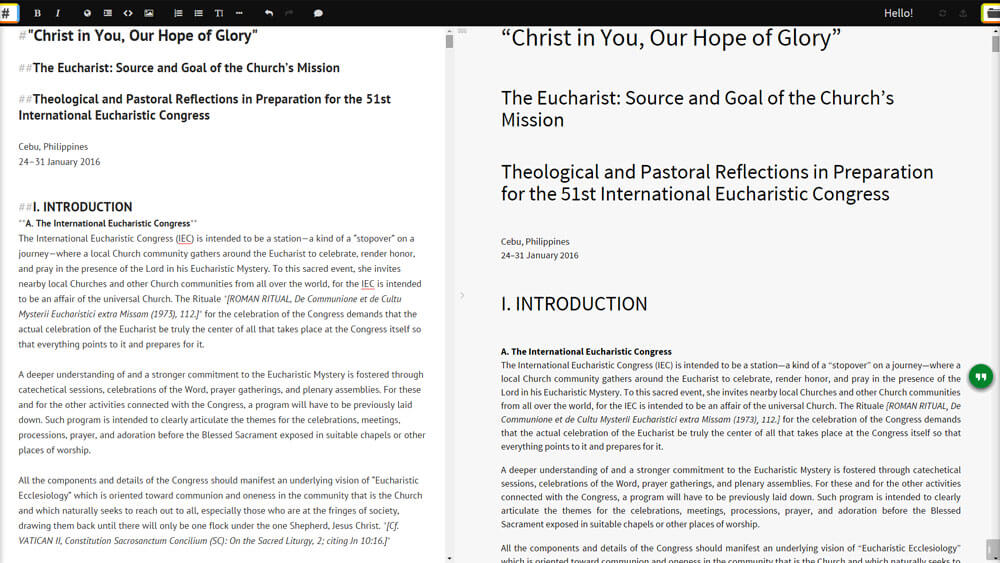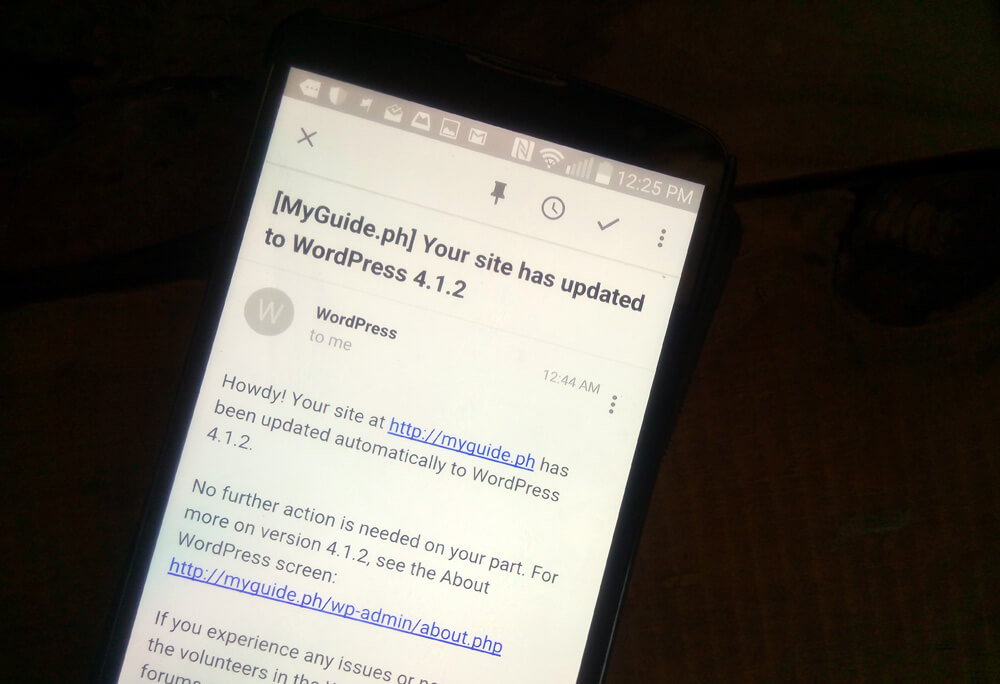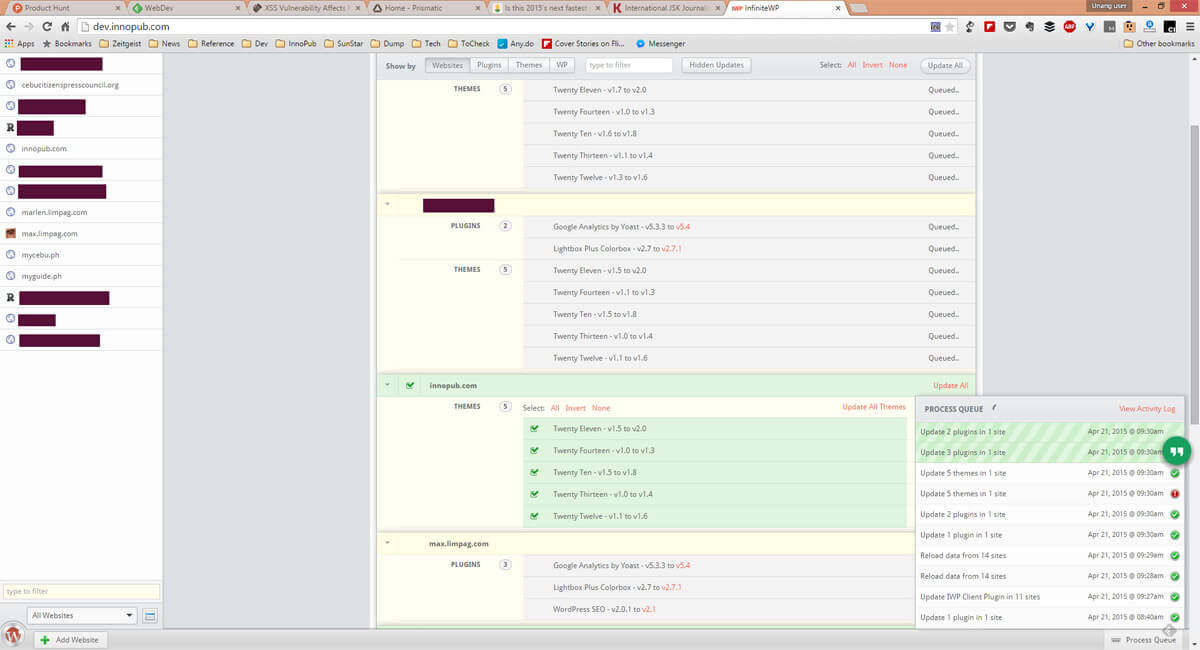For the first time ever, US consumers spent more time on applications than watching TV, according to Flurry Analytics, a mobile analytics company owned by Yahoo.
“After putting the desktop web in their rear view mirror, apps now reign supreme as the top media channel in the United States, even without the help of the mobile browser,” said Simon Khalaf, Flurry senior vice president for Product & Engineering, Publisher Products.
Writing “The cable industry faces the perfect storm: apps, app stores and apple,” in the company’s blog last Sept. 10, Khalaf said “fears surrounding the long-term prospects of the cable industry were well warranted.”

ATTENTION HOG. Mobile devices have become the primary screens of people, studies have shown.
Attention “most valuable currency”
In the second quarter of 2015, US consumers spent 198 minutes in apps daily compared to just 168 minutes on TV. Flurry pointed out that the 198 minutes is just on apps and don’t count the use of phone browsers. Including that, the average US consumer spends three hours and 40 minutes every day on mobile devices.
That amount of attention upends industries.
In today’s media environment, “attention has become the most valuable currency,” Mathew Ingram wrote in Fortune.
“The media economy used to be all about monetizing a handful of content channels, which were controlled by a handful of major media platforms like TV networks and newspapers. Now, the economy has shifted from being supply-based to being demand-based, and attention is the main currency,” the Time article said.
In the past, people depended on a medium for information and entertainment. There was no other way to know about things and events than through news and TV programs offered by large, mainstream media organizations like newspapers, radio and TV stations. We lived news vicariously through intrepid reporters.
Social networks as info platform
The Internet, however, has spawned global communities like Facebook and Twitter where people share information with their contacts.
These social networks, in turn, have become a platform where people can report about things to their own community of friends and contacts. They are not doing actual journalism, which entails a process of verification and assessment, but the postings, no matter how self-indulgent or cute some may be, have information value. We learn about things, get alerted to news by the people we know.
Today, the media environment has, to use an already abused word, been disrupted. We’ve moved away from needing a “medium” to co-existing on an information platform or various platforms that are centered on mobile. In these platforms, the work of professional media is just one of the streams we consume every minute. It is a valuable and informative stream, yes, but still just one of many. Our shift to much more open platforms has allowed a new generation of media companies to build niche audiences, an erstwhile expensive and prohibitive proposition before tech took over the world.
Collaboration
This new media environment fosters collaboration, which is something startups are good at and that’s how they’ve come to dominate our world. Mainstream media companies, however, are used to a world where they were the monopoly if not dominant businesses. Many still see themselves as gatekeepers instead of the guides in this cacophonous media environment that they can be.
Today, they are facing dire and existential challenges. But by making collaboration as much a part of its DNA as verification is to its newsroom character, traditional media companies can do well in today’s wildly-shifting technology world.
The post News: from medium to platform appeared first on Leon Kilat : The Tech Experiments.



